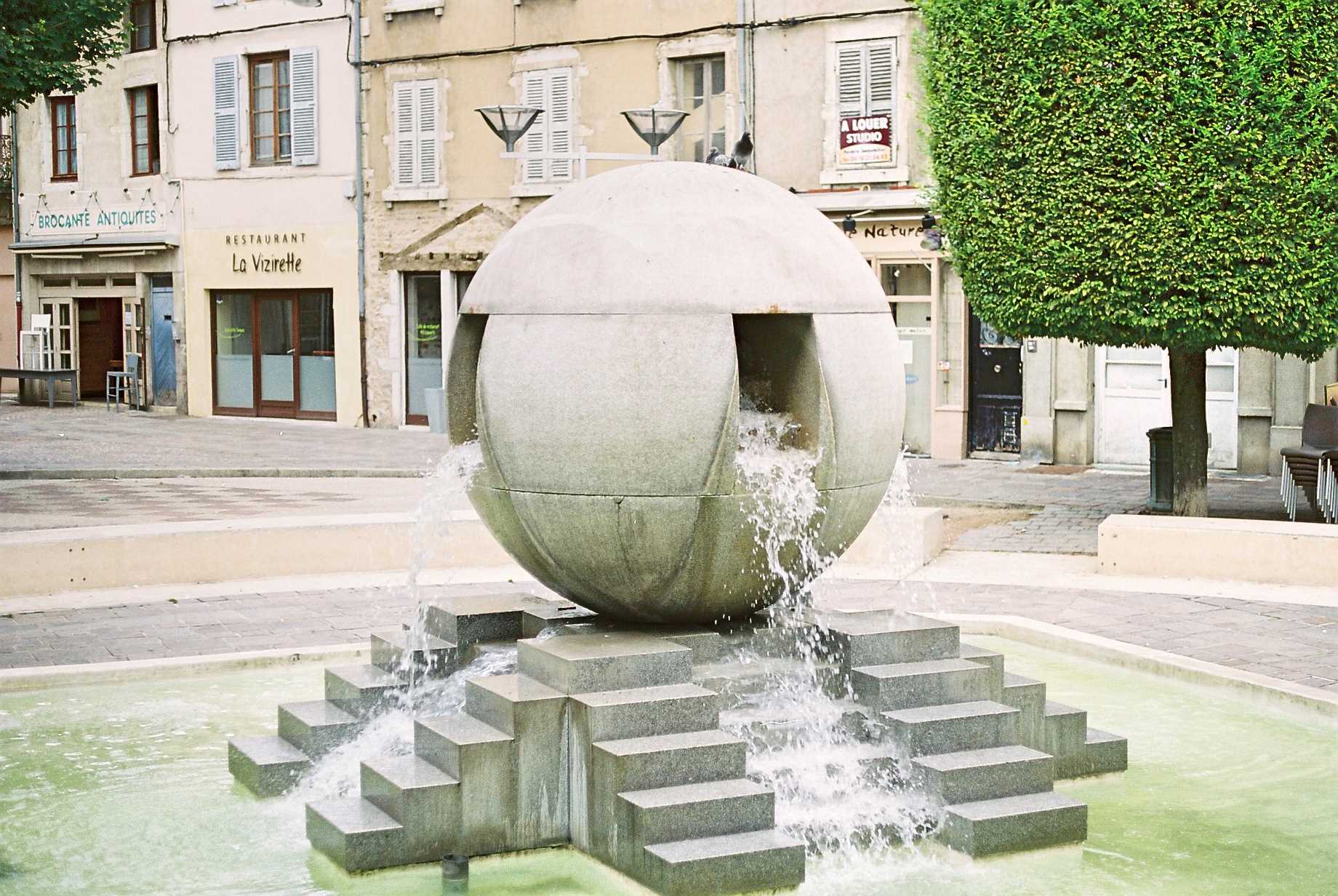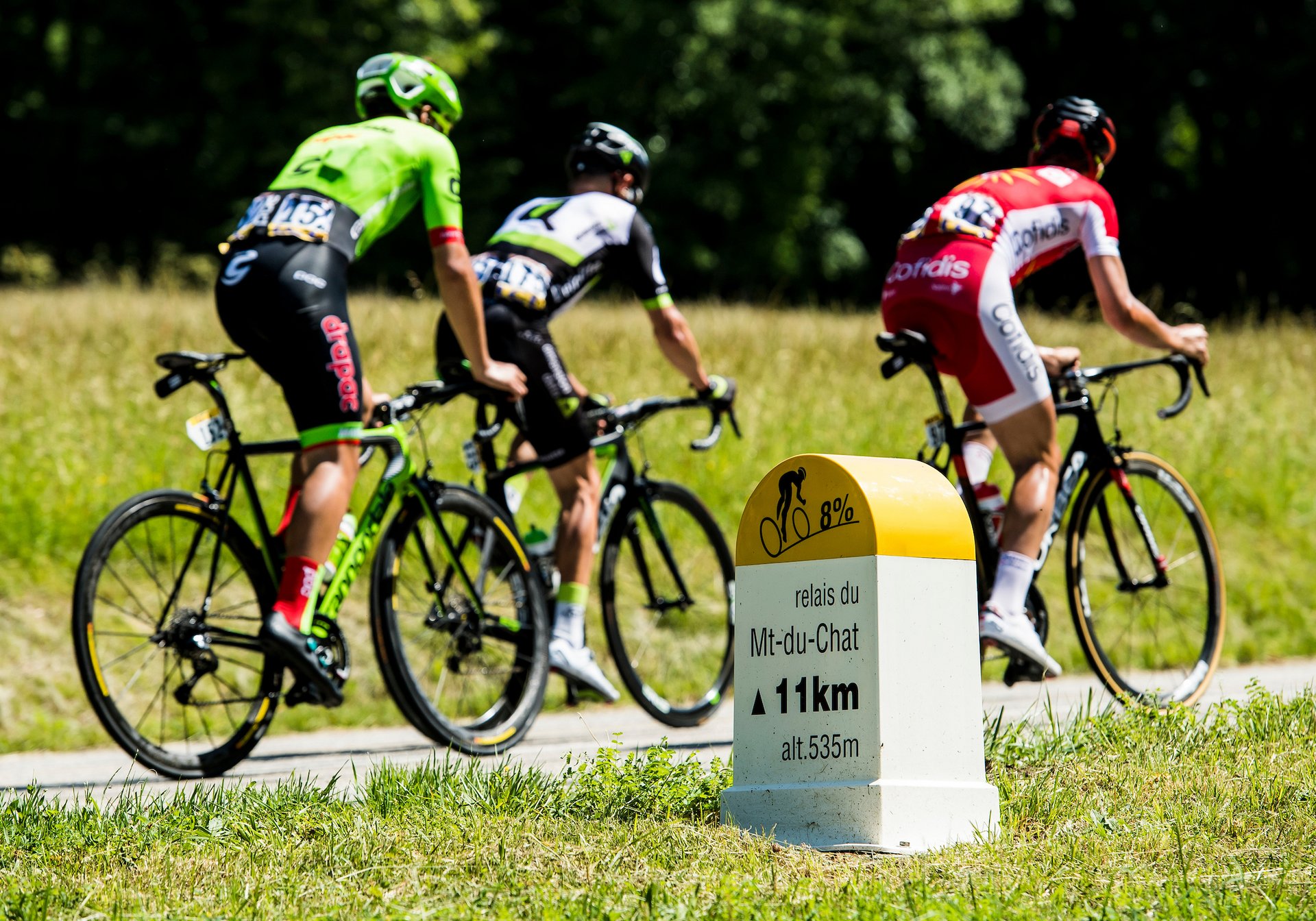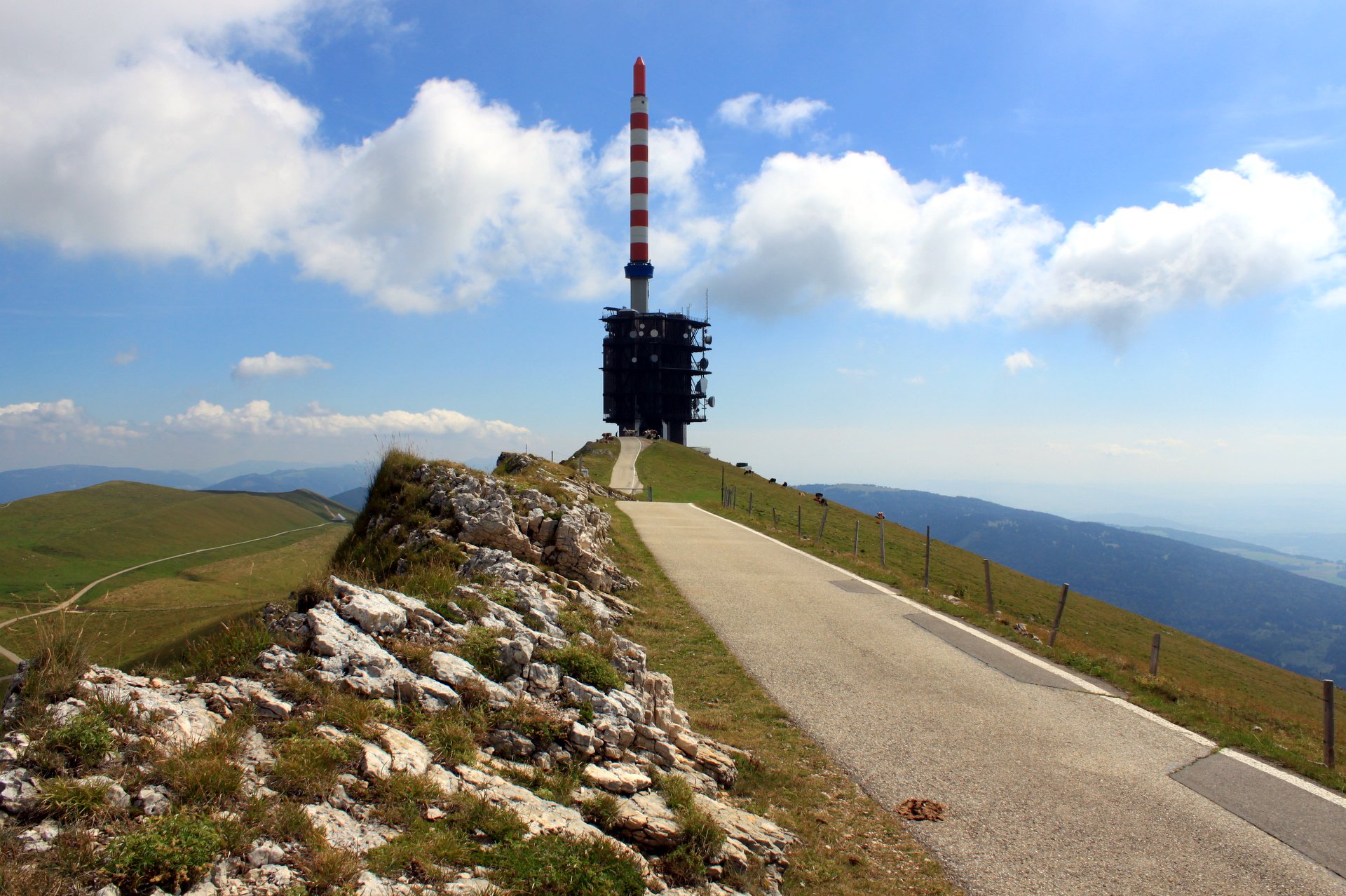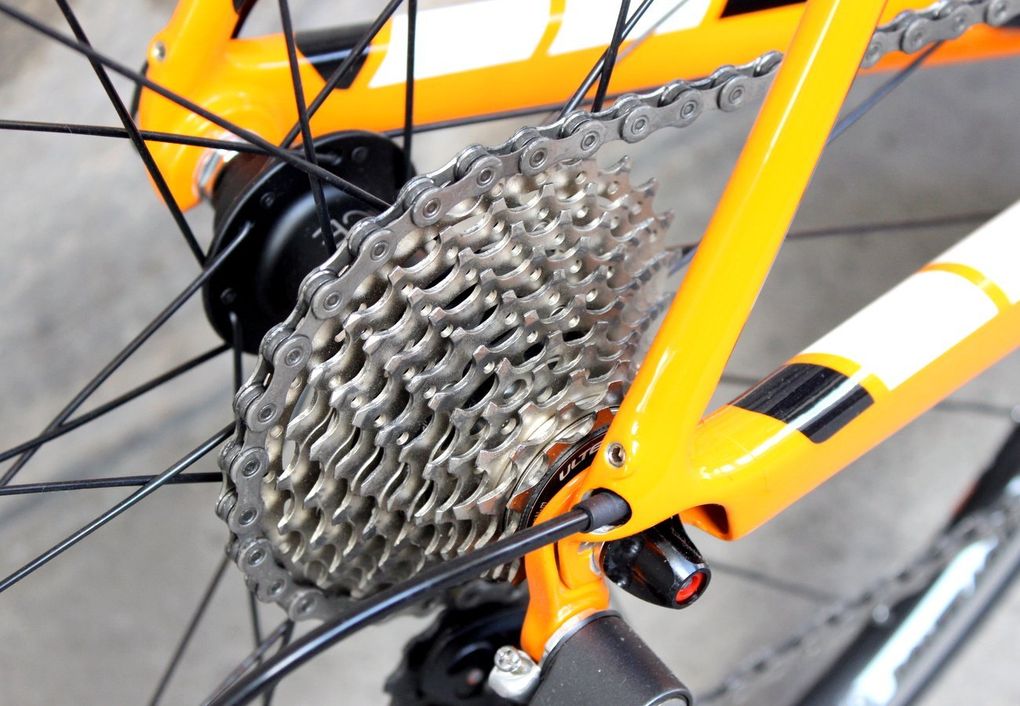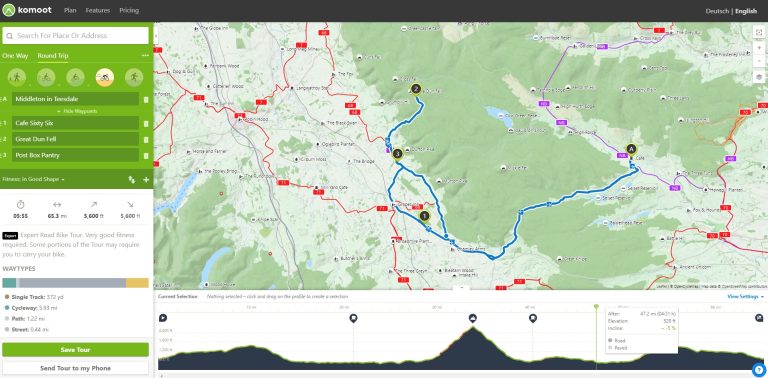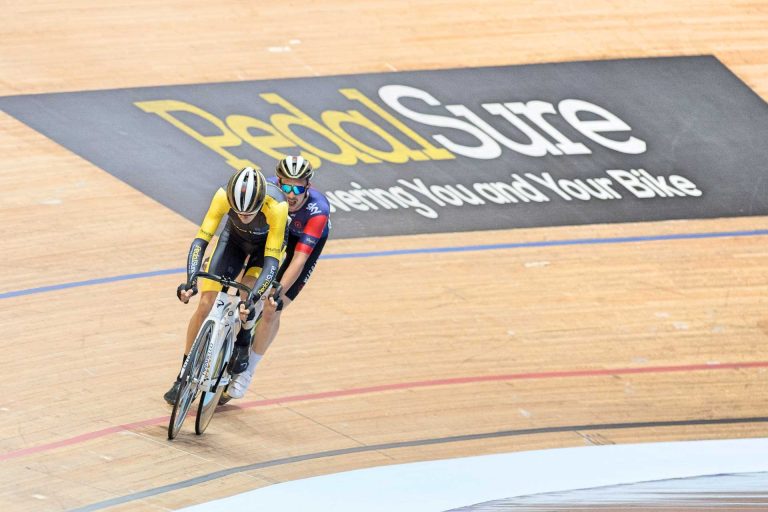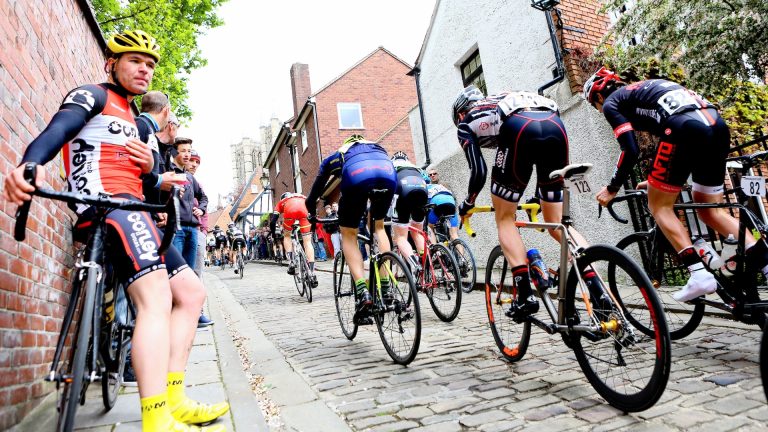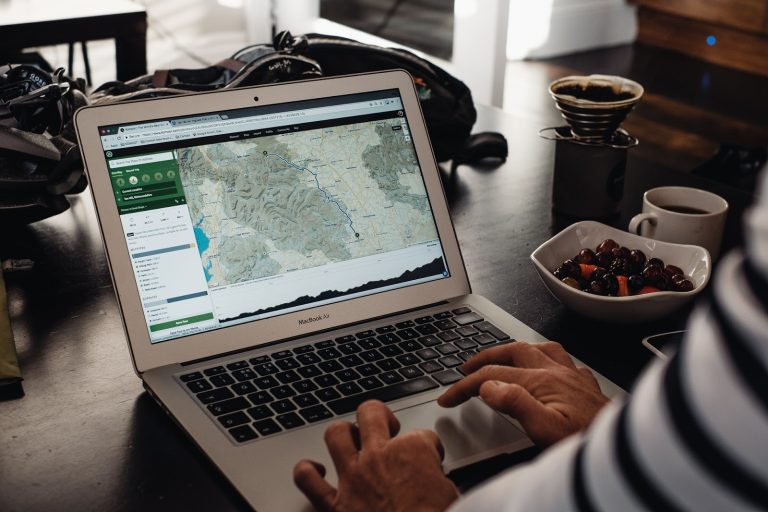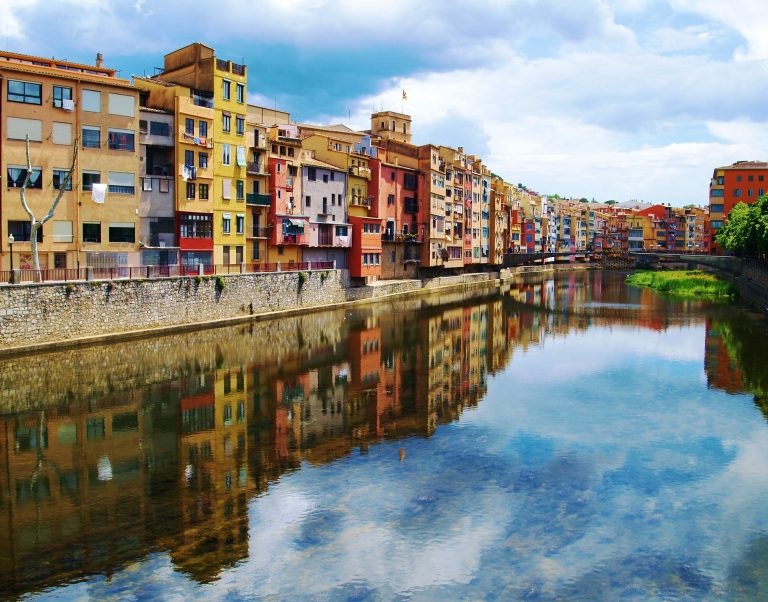When we think of mountains in France, naturally we think of the Alps and Pyrenees – both crucibles of climactic action in the Tour de France. Look a little further, and it’s likely that the Massif Central will ring a bell or two, but what of the Jura Mountains?
The Jura Mountains are often mistaken for the lower Alps, but in fact it’s a distinct mountain range unto itself, running roughly along the France and Switzerland border, and separated from the Alpine range by an imaginary line drawn between the Swiss cities of Bern, Lausanne and Geneva. From any of those, if you face north and west, you’ll be looking at the Juras. Look the other way, and you’ll be facing the Alps.
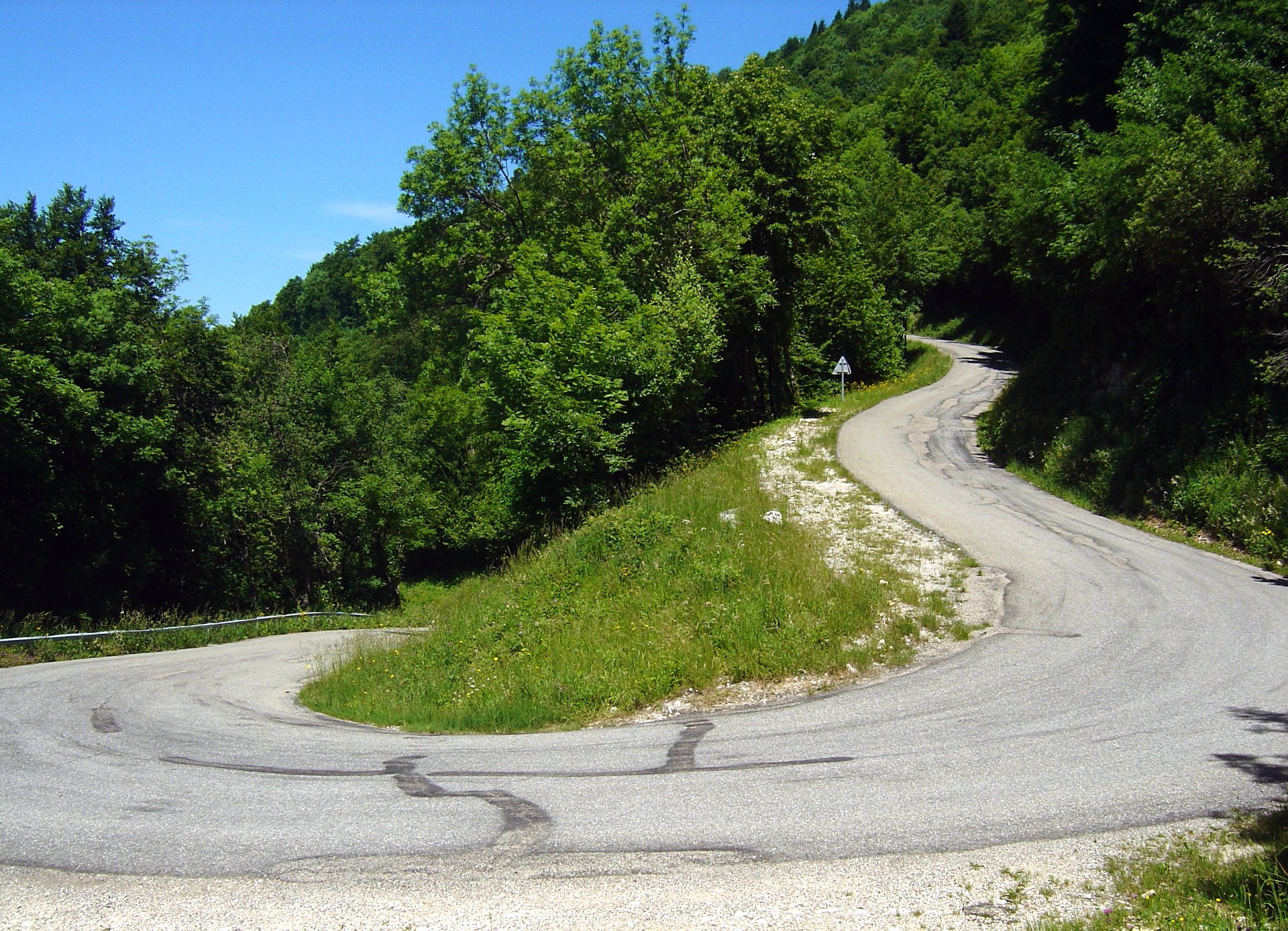
In fact, the Jura Mountains hosted some of the most compelling action of the 2017 Tour de France, including the dramatic descent of Mont du Chat, where Richie Porte crashed out.
– RCUK’s essential guide to road cycling in the French Alps –
Geography sorted, we think the Juras represent an enticing and challenging new area to explore that’s often overlooked by its big brothers. Tempted? Here’s what you need to know.
[series]



